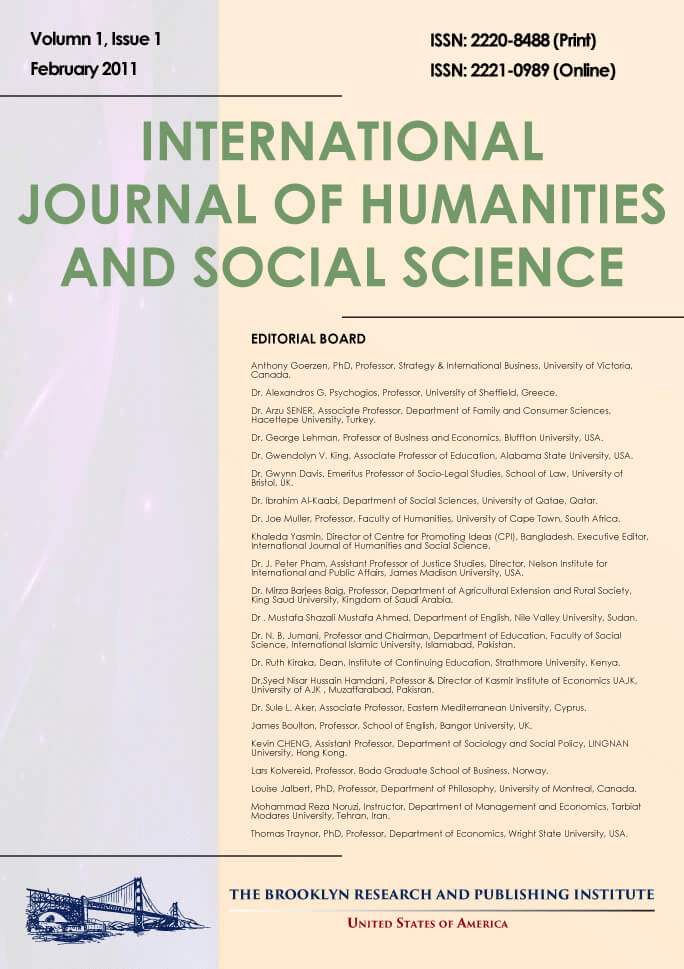Remembering the Ruins: Documentary Practice and Cultural Memory in Wang Bing’s West of the Tracks
AbstractAs one of the most ambitious works in contemporary Chinese documentary cinema, Wang Bing’s West of the Tracks (Tiexi qu, 2003) documents the decline of an industrial district in Shenyang, a major city in northeastern China once known as a center of heavy manufacturing, yet its meaning goes far beyond urban history. This article argues that this film transforms the traces of deindustrialization into shared cultural memory through its observational style and sound design. Drawing on ideas from cultural-memory theory—Halbwachs’s view of social frameworks of memory, Assmann’s notion of presentification, and Nora’s lieux de mémoire—the analysis shows how everyday images of trains, workshops, and winter streets become mnemonic forms that sustain remembrance. At the same time, the film questions the visual logic of modernization. By placing displaced industrial workers and resettled families in dim, fragmentary frames, Wang Bing exposes the uneven texture of China’s modern experience. His images reveal that modernization is not a linear story of progress, but a process that continually produces margins and silences. Viewed through Bill Nichols’s notion of “evidentiary editing” and Michael Renov’s idea of documentary persuasion, West of the Tracks transforms ordinary sights and sounds into a meditation on migration, labor, and loss. It ultimately stands as an archive of how people negotiate memory and belonging in a world of displacement.
Note: Citation statistics will only be available once the article is indexed in Google Scholar.



